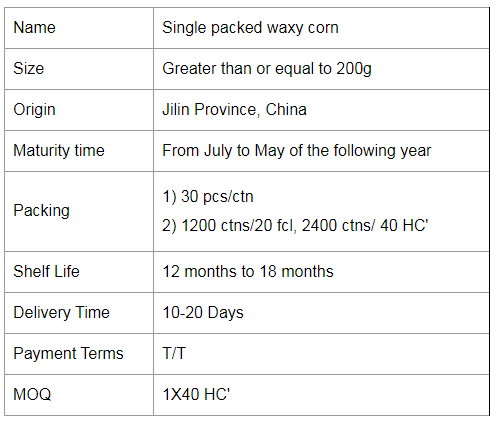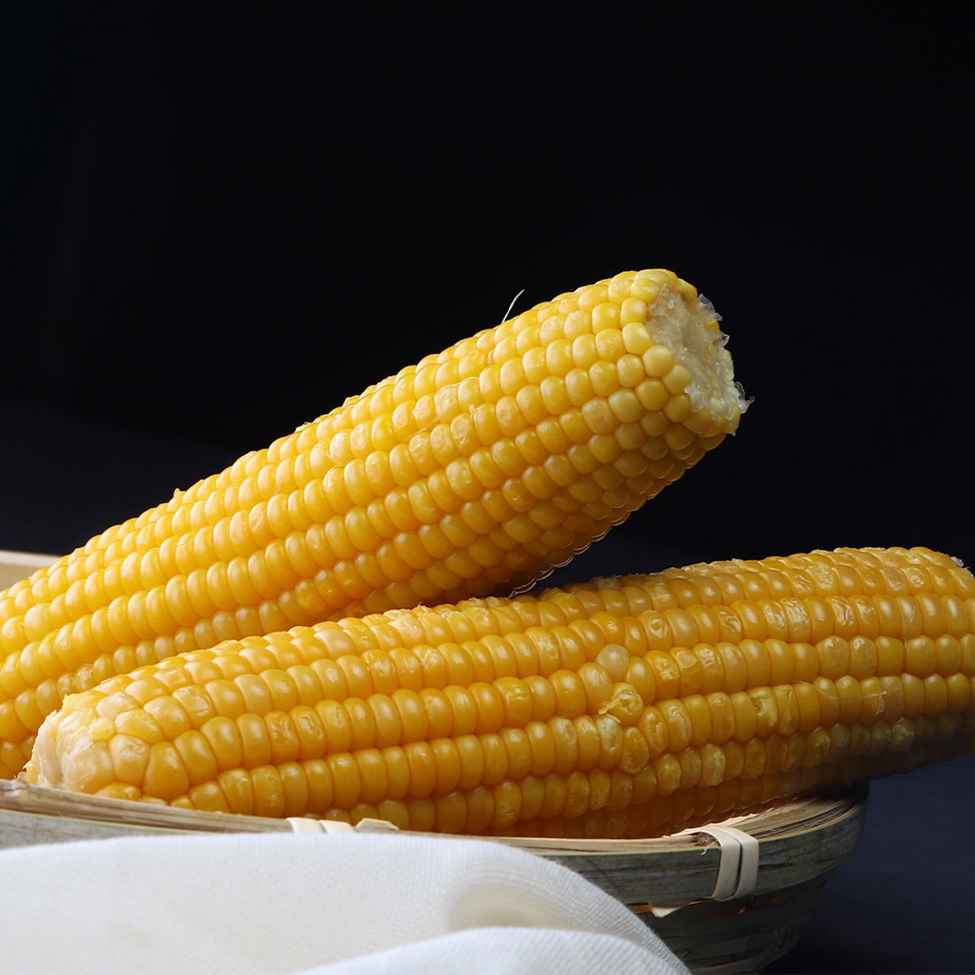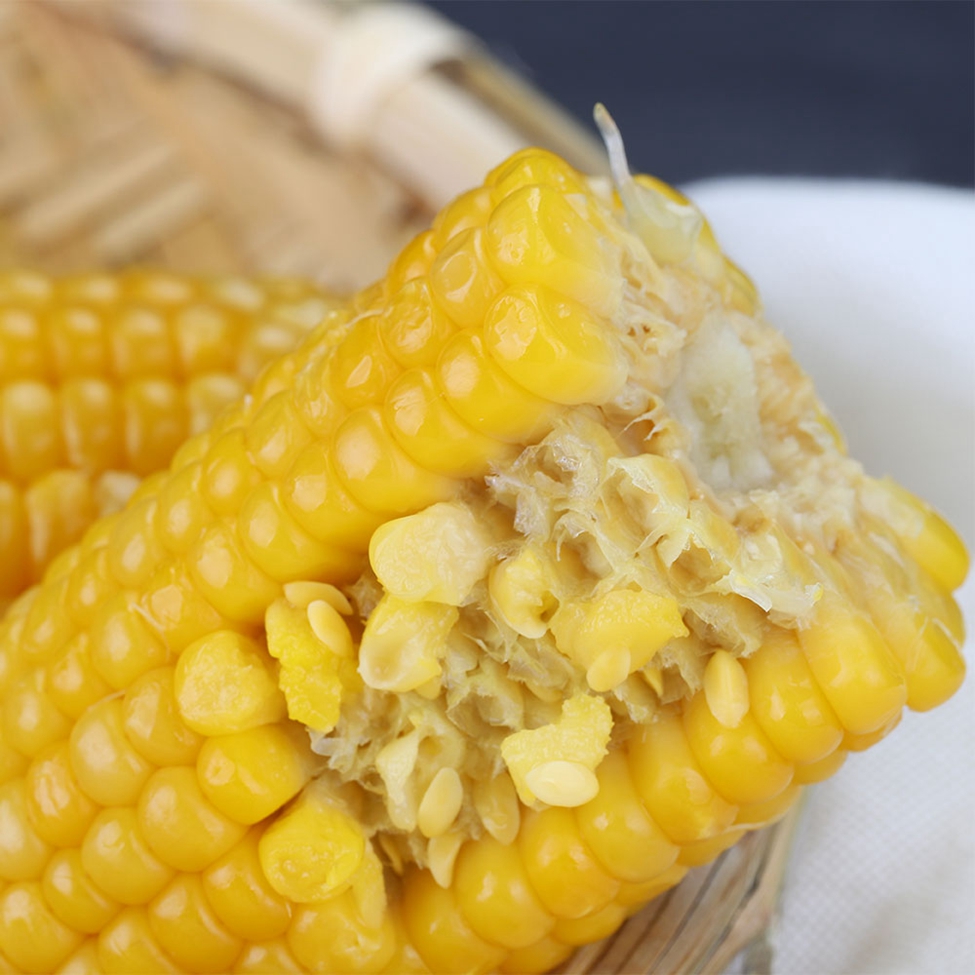Yang Qing mentioned that in 2012, the new rural cooperative fundraising level should be taken as an opportunity to appropriately adjust the fund expenditure structure and the new rural cooperative compensation program, further improve the level of protection, and explore the establishment of a multi-level system of major diseases.
Yang Qing demanded that the new rural cooperative financing standards and guarantee levels be further improved. The participation rate of the new rural cooperative medical system in the country continues to exceed 95%. Per capita fundraising level reached 300 yuan, and the government subsidy standards for each level reached 240 yuan per person per year. “The executive meeting of the State Council was held on February 22 and proposed that by 2015, the government subsidies for the new rural cooperative government will be raised to more than RMB 360 per person per year.†The proportion of hospitalization expenses reimbursed in the scope of the new rural cooperative medical policy is about 75%, and the maximum payment limit is not It is lower than the national average per capita net income of farmers 8 times, and no less than 60,000 yuan.
The general medical expenses for outpatient services are generally planned to gradually increase the level of compensation for outpatient visits and continue to implement special outpatient compensation and hospital delivery compensation policies. We will increase the level of protection for major diseases in the new rural cooperative medical system, and strive to achieve an actual reimbursement ratio of about 70% for new rural cooperative medical services. This includes exploring the establishment of a provincial-level fund for the protection of major diseases.
With provinces (autonomous regions and municipalities) as the units, we have comprehensively promoted 8 major diseases such as childhood leukemia, childhood congenital heart disease, end-stage renal disease, breast cancer for women, cervical cancer, severe mental illness, drug-resistant tuberculosis, and opportunistic AIDS infection. Safeguard work and continuously improve the level of protection. In about 1/3 of the co-ordination areas, hemophilia, chronic myeloid leukemia, cleft lip and palate, lung cancer, esophageal cancer, gastric cancer, type I diabetes, hyperthyroidism, acute myocardial infarction, cerebral infarction, colon cancer, rectal cancer, etc. 12 Diseases were included in the scope of pilot trials for protection of major diseases in rural residents.
Yang Qing pointed out that it is necessary to accelerate the reform of payment methods for the new rural cooperative medical system. Taking the reform of the new rural cooperative medical insurance payment system as the starting point, we will further standardize the behavior of medical services, control the unreasonable growth of medical expenses, and promote the transformation of basic medical and health institutions into operational mechanisms to provide strong support for the reform of county-level public hospitals. Determine the payment methods for adapting to different levels of medical institutions and different types of services, and use the method of total advance payment, disease-based, unit-by-unit, per capita payment, etc. instead of per-project payment to control costs and improve service performance. We must combine the clinical pathway with the reform of the payment system, do basic work such as cost measurement, and ensure that the reform and cancellation of the payment system are promoted simultaneously with medicine and medicine.
Yang Qing mentioned that it is necessary to actively explore the pilot work of commercial insurance institutions participating in the service of the new rural cooperative medical service. Expanding pilot and qualified commercial insurance agencies to participate in the new rural cooperative management services, exploring the use of the new rural cooperative fund to purchase commercial major illness insurance, and promoting the formation of multiple supplementary medical insurance mechanisms to share the high cost of major diseases and medical expenses.
Yang Qing also stressed that it is necessary to continue to strengthen supervision and management of the new rural cooperative medical system. Strengthen supervision and inspection, guide local governments to further regulate the use and management of the new rural cooperative fund, improve the supervision and restriction mechanism, plug the loopholes, and ensure the safety of the new rural cooperative fund.
Yang Qing proposed that we should solidly manage the new rural cooperative government. Accelerate the construction of the new rural cooperative information system and guide the local governments to rapidly promote the "one card" pilot work. Seriously summed up the experiences of the implementation of the new rural cooperative medical system over the past 10 years and promoted the early implementation of the New Rural Cooperative Medical Management Regulations.
Single Packed Yellow Waxy Corn Cob
For the most common waxy and sweet corn on the market, waxy corn has a higher nutrient content than regular corn, containing 70-75% starch (and almost all straight-chain starch), more than 10% protein, 4-5% fat and 2% multivitamins, with more grains, VA, VB1 and VB2 in protein than rice, with the highest fat and VB2 content. Yellow maize also contains carotenoids, such as rice and wheat. The molecular weight of waxy maize starch is more than 10 times smaller than that of ordinary maize, and the starch makes glutinous rice sticky and soft, softer than ordinary hard maize. It is more than 20% more digestible to eat than regular maize and it is suitable for people with less than perfect teeth. At the same time, it is not suitable for diabetics because of the very high content of straight-chain starch (a polysaccharide).
Waxy maize is also known as sticky maize. The grain has coarse, waxy endosperm, similar to shiny, glassy (clear) grains such as hard and dent maize. Its chemical and physical characteristics are controlled by a recessive gene, which is located on chromosome 9. 100% of the starch in the endosperm is straight-chain starch.



If you have any further questions about our products, please do not hesitate to contact us.
Waxy Corn Cob,Yellow Glutinous Corn,Yellow Waxy Corn Cob,Single Packed Yellow Waxy Corn Cob
Jilin Province Argricultural Sister in Law Food Co., Ltd. , https://www.nscorn.com